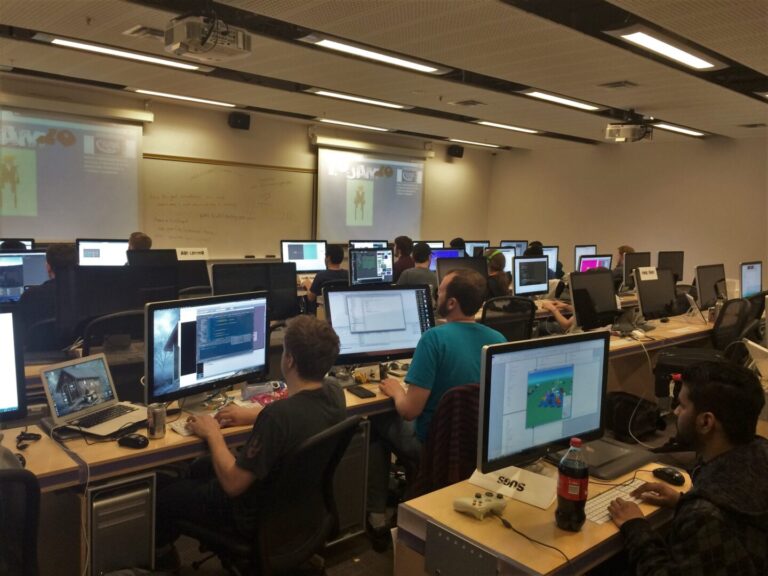As we begin this second decade of Lateral, we reflect on the origins of the journal and new initiatives underway. We also consider the precarious nature of scholarly publishing and editing in the pandemic and reaffirm our commitment to this care work. This issue features three articles—two of which emerged from our articles-in-progress workshop at last year’s Cultural Studies Association annual meeting—as well as the 2021 Randy Martin Prize winning essay and a number of book reviews. We invite applications for our editorial team and proposals for new initiatives at the journal.
Issue 11.1 (Spring 2022)
Wasted: Wastewater, Hygiene Theatrics, and Contaminated Imaginaries
This collaborative essay takes up three pungent streams of wastewater to address how environments, politics, communities, and power are mediated by liquid waste: urine, feces, and everything else recklessly flushed down toilets, washed down drains, stored in pits, and dumped in the ocean. “Wasted” looks to the multi-scalar worlds of wastewater by centering waste sites and COVID-19 concerns regarding wastewater virality. First, our tour of Santa Barbara’s El Estero Water Resource Center brings us to the variegated, embodied, multi-sensory, and multispecies communities of wastewater. El Estero provides an odoriferous infrastructural current through which we follow wastewater and the socialites and environments it mediates on California’s Central Coast. We then move to the ways wastewater has been interwoven with global pandemic fears to address how human waste retains infectious COVID-19 viral material even after it has been flushed away. COVID-19, in other words, haunts the infrastructural ports through which wastewater is funneled. We conclude with wastewater’s epochal effects within the Anthropocene. Throughout, we offer the term “hygiene theatrics” to identify how the performance of hygiene, cleanliness, and purity rely on dichotomous constructions of dirtiness and cleanliness that reinforce structural power dynamics including racism and homophobia. “Wasted” is a collaborative feminist and queer experiment in form and methodology that explores wastewater as both a material reality and a theoretical apparatus that is informed by and contributes to the environmental humanities, infrastructure studies, and feminist and queer science studies.
Satisfaction Guaranteed: Techno-Orientalism in Vaporwave
A characteristic frequently glossed over in scholarly examinations of the online electronic music genre vaporwave is its use of East Asian cultural imagery in its paratexts. One exception is a piece by musicologist Ken McLeod, who connects vaporwave’s use of visual references to Japanese culture to techno-Orientalism, a term that describes how paranoia around Japanese economic expansion in the late twentieth century manifested in American and European cultural products. This article extends McLeod’s argument to show how the uses and reproductions of East Asian cultural elements in vaporwave serve to reinforce stereotypes consistent with histories of techno-Orientalist representations, particularly with regard to gender. This article elaborates on the anonymous nature of the vaporwave scene to complicate approaches to techno-Orientalist analyses of digital artifacts. In doing so, this essay contributes to the growing body of scholarly literature addressing the roles representation, aesthetics, and affect play in the formation of communities around music genres online.
Scene Tracing: The Replication and Transformation of Global Industry, Movements, and Genres in Local Game Production
The notion of scenes has helped frame how particular clusters of cultural activities, practices, and “happenings” simultaneously replicate and transform global practices in specific localities. The study of scenes has aided us in examinations of how geographic and virtual localities create and shape global industries, movements, and genres. In this article, I focus on the Toronto game production scene to examine how it replicates and transforms the wider cultural norms, working conditions, and genre productions of the global game industry. Based on a two-year ethnography of the scene, I survey how gamemakers maintain and challenge the expected norms and practices of industry and platforms in the production of local games. To identify these clusters of cultural activity, I develop the notion of scenes as palimpsests to trace how gamemakers replicate and transform industry cultural norms and practices in the local scene. The last decade has seen the emergence of social media platforms as a venue for participants of scenes to discuss, create, and disseminate their works with geographically local and global audiences. The textual spaces of these platforms connect participants of local production scenes to a global community defined by geography, industry, and genre. By tracing scenes through its inscriptions, I examine how these platforms are centers for encounters between the values and practices of the Toronto game production scene and the wider industry. This article is about how the geographical cultural activities of scenes are shifting into virtual environments, and how these virtual spaces are transforming the cultural norms and practices of gamemaking and its associated activities, such as socials, game jams, and “talking shop.” I argue that analyses of globalization must consider the wider physical and virtual infrastructures of local production to understand how cultural media are produced and circulated around the globe.
2021 Randy Martin Prize
Alter Egoing: The Shifting Affects of Janelle Monáe
In this article, I use alter egoing as a heuristic, a method for solving the problem of the evolving alter egos of Black women in popular music. When alter egos are analyzed through this lens, the refashioning of artistic imaginaries become legible as intellectual labor. The intellectual labor that Janelle Monáe primarily provides are critiques of notions of womanhood and Blackness in the United States. I understand Monáe’s alter egoing as a reaction to the affective political strategies mobilized in US electoral politics. Former President Barack Obama developed an affective strategy based on his personal brand of optimism, first presented in his book The Audacity of Hope (2006). He developed his signature optimistic politics while he was a senator and he continued to promote his “audacious hopefulness” into his 2008 presidential campaign. Former President Donald Trump’s 2016 presidential campaign also utilized an affective political strategy, as he rallied his supporters around culturally white (male) nostalgia with the cry, “Make America Great Again.” I track the affective evolution of Monáe’s alter egoing from pessimism to optimism in the context of the anti-Black populisms of the post-Obama era (2016–), culminating in a close reading of her 2018 album, Dirty Computer. In identifying Monáe’s troubled relationship with notions of normative identity through her first alter ego, I evaluate the relevance of posthumanism and Afrofuturism, which scholars have used to critique American notions of race, gender, and sexuality. In analyzing the shift in affect from her first alter ego to her most recent, I detect in Monáe’s alter egoing a critical optimism, a disidentifying strategy that begins to take shape in Dirty Computer.




